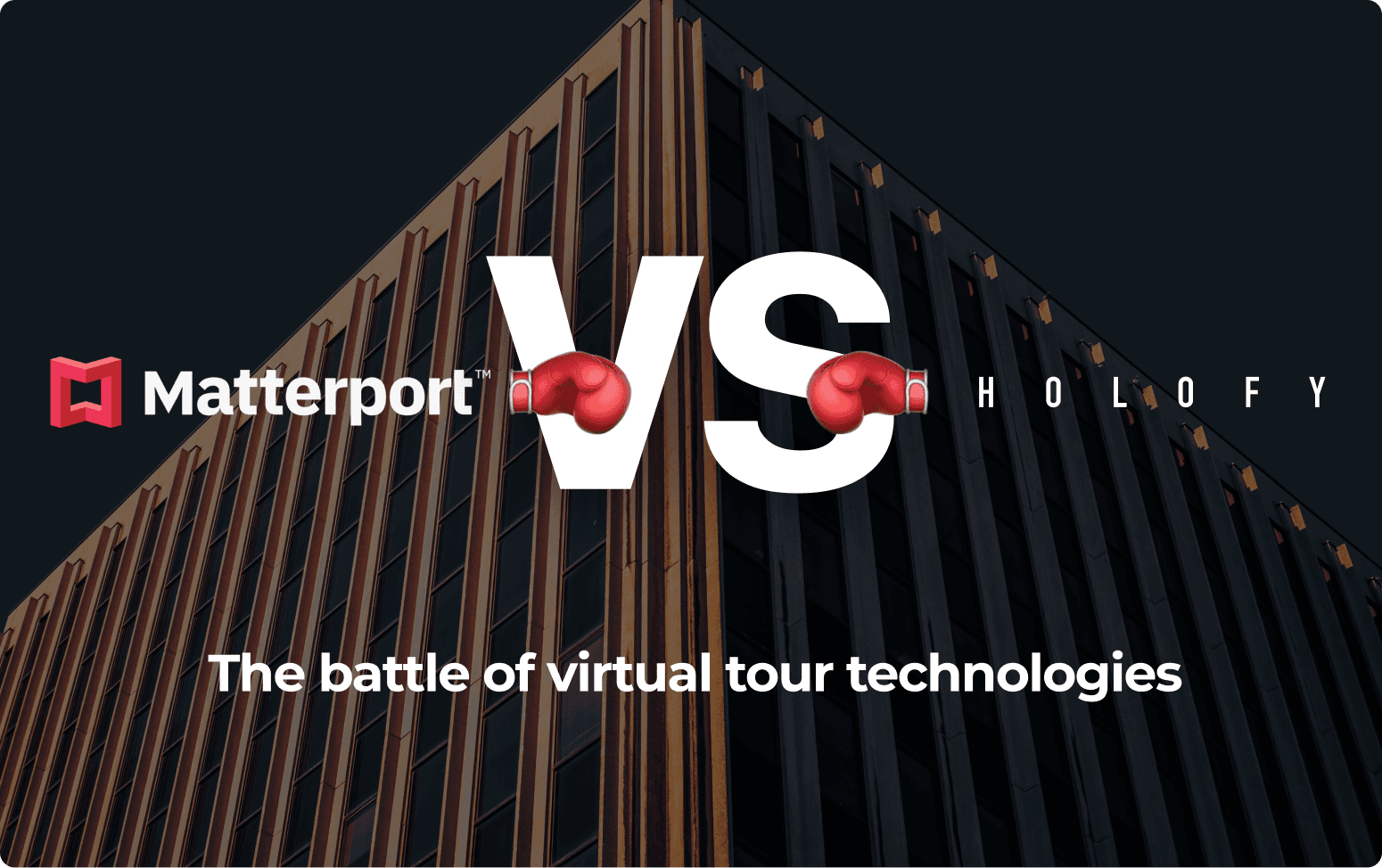
The Battle for the future of Virtual Tour Software is on Customer Experience
The battle for the future of virtual tour software is between two customer experience philosophies: storytelling vs simply informative content, empowering the agents versus replacing them or integrating the whole sales funnel versus just marketing.
We believe video tours, storytelling and empowering agents will win on the long run. There are several reasons for this, but the most important one is that video generates trust and engagement with clients.
When potential clients are looking at properties online, they want to be able to see what the property looks like in real life. Photos or 3D models can only show so much, and often times they can be misleading.
With video, potential clients can get a realistic sense of what the property looks and feels like, which builds trust. In addition, video is a great way to showcase an agent’s personality and build rapport. Holofy does not try to replace agents, but rather to augment and place them at the centre of the sales process. Clients want to work with someone they like and trust, and video is the perfect way to show off an agent’s personality.
Finally, video is an incredibly effective way to use an agent’s skills to their advantage. An agent’s job is to sell a property, and video allows them to do just that. By showcasing the property in the best light possible and highlighting all of its features, agents can close more deals and build their business.
But what bout the client experience? Here are three reasons why video is superior to virtual reality when it comes to how you conduct business with your customers:
Video is more immersive than virtual reality. With video, potential buyers can get a better sense of a property’s layout, size, and features. They can also get a feel for the neighborhood and surrounding area. This is much harder to do with virtual reality, which can feel like you’re just floating in a space.
Video is more affordable than virtual reality. Virtual reality technology is still relatively new and thus, quite expensive. Not everyone can afford to invest in the hardware and software needed to create a virtual reality experience. Video, on the other hand, is much more affordable and accessible.
Video is more flexible than virtual reality. With video, you can easily edit and change the footage to fit your needs. You can also add text, graphics, and other elements to help tell your story. Virtual reality, on the other hand, is much more rigid and difficult to change. So, if you’re looking for a more immersive, affordable, and flexible way to market your property, video is the way to go.
